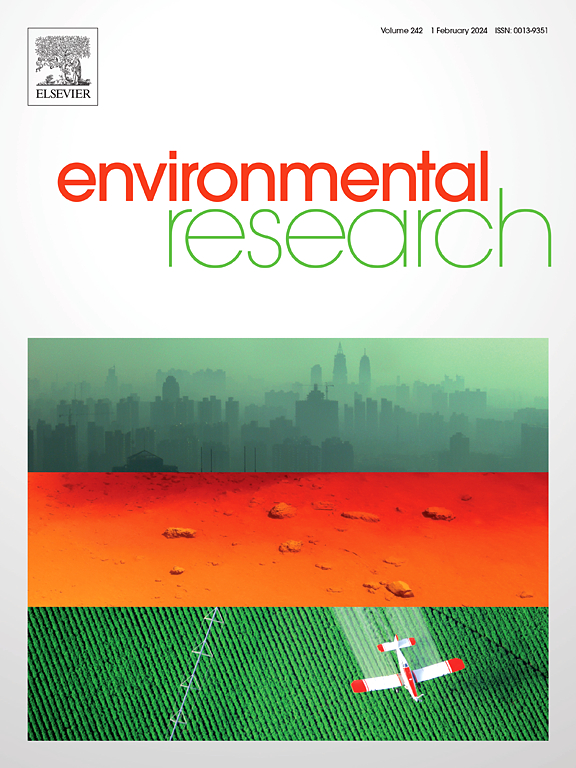Aquaculture source of atmospheric N2O in China: Comparison of system types, management practices and measurement methods
IF 7.7
2区 环境科学与生态学
Q1 ENVIRONMENTAL SCIENCES
引用次数: 0
Abstract
Aquaculture systems contribute to atmospheric N2O, but the magnitude of this N2O source is largely uncertain. Here, we synthesized data from 139 aquaculture sites based on 59 peer-reviewed publications, and estimated that China's aquaculture systems emitted 9.68 Gg N yr−1 (4.12 Tg CO2-eq yr−1). N2O emission varied significantly according to system types, farmed species, physical dimensions of the system, hydrographical conditions, and management practices. Of these, inland pond systems had a higher N2O flux (268.38 ± 75.96 mg N m−2 yr−1) and indirect N2O emission factor (4.4 ± 0.9‰) than the other system types. Mixed species farming tended to emit less N2O than monospecific farming, whereas small (<1 ha) and shallow ponds (<1 m) were hotspots for N2O emission. Flux values based on different wind-driven diffusion models varied widely, and the model CC98 agreed most closely with direct measurements using floating chamber. Overall, aquaculture waters had a lower emission intensity than streams, rivers and reservoirs, but comparable to estuaries and lakes. Rapid expansion of the aquaculture sector and the limited N2O data for this sector, especially for rice-aquaculture co-culture systems, highlight the need for better monitoring and on-site measurements to refine the inventory of greenhouse gas emissions from the aquaculture systems.

中国水产养殖大气N2O来源:系统类型、管理实践和测量方法的比较
水产养殖系统对大气N2O有贡献,但这种N2O来源的大小在很大程度上是不确定的。在此,我们基于59篇同行评审的出版物,综合了139个水产养殖场的数据,并估计中国水产养殖系统每年排放9.68 Gg N (4.12 Tg CO2-eq每年-1)。N2O排放量因系统类型、养殖物种、系统的物理尺寸、水文条件和管理措施而有显著差异。其中,内陆塘系统N2O通量(268.38±75.96 mg N m-2年-1)和间接N2O排放因子(4.4±0.9‰)高于其他系统类型。混合种养殖的N2O排放量低于单一种养殖,而小池(< 1 ha)和浅池(< 1 m)是N2O排放的热点。基于不同风驱动扩散模型的通量值差异很大,CC98模型与使用浮动室的直接测量结果最接近。总体而言,养殖水域的排放强度低于溪流、河流和水库,但与河口和湖泊相当。水产养殖部门的迅速扩张和该部门的N2O数据有限,特别是水稻-水产养殖共养殖系统的N2O数据,突出表明需要更好地监测和现场测量,以完善水产养殖系统温室气体排放清单。
本文章由计算机程序翻译,如有差异,请以英文原文为准。
求助全文
约1分钟内获得全文
求助全文
来源期刊

Environmental Research
环境科学-公共卫生、环境卫生与职业卫生
CiteScore
12.60
自引率
8.40%
发文量
2480
审稿时长
4.7 months
期刊介绍:
The Environmental Research journal presents a broad range of interdisciplinary research, focused on addressing worldwide environmental concerns and featuring innovative findings. Our publication strives to explore relevant anthropogenic issues across various environmental sectors, showcasing practical applications in real-life settings.
 求助内容:
求助内容: 应助结果提醒方式:
应助结果提醒方式:


